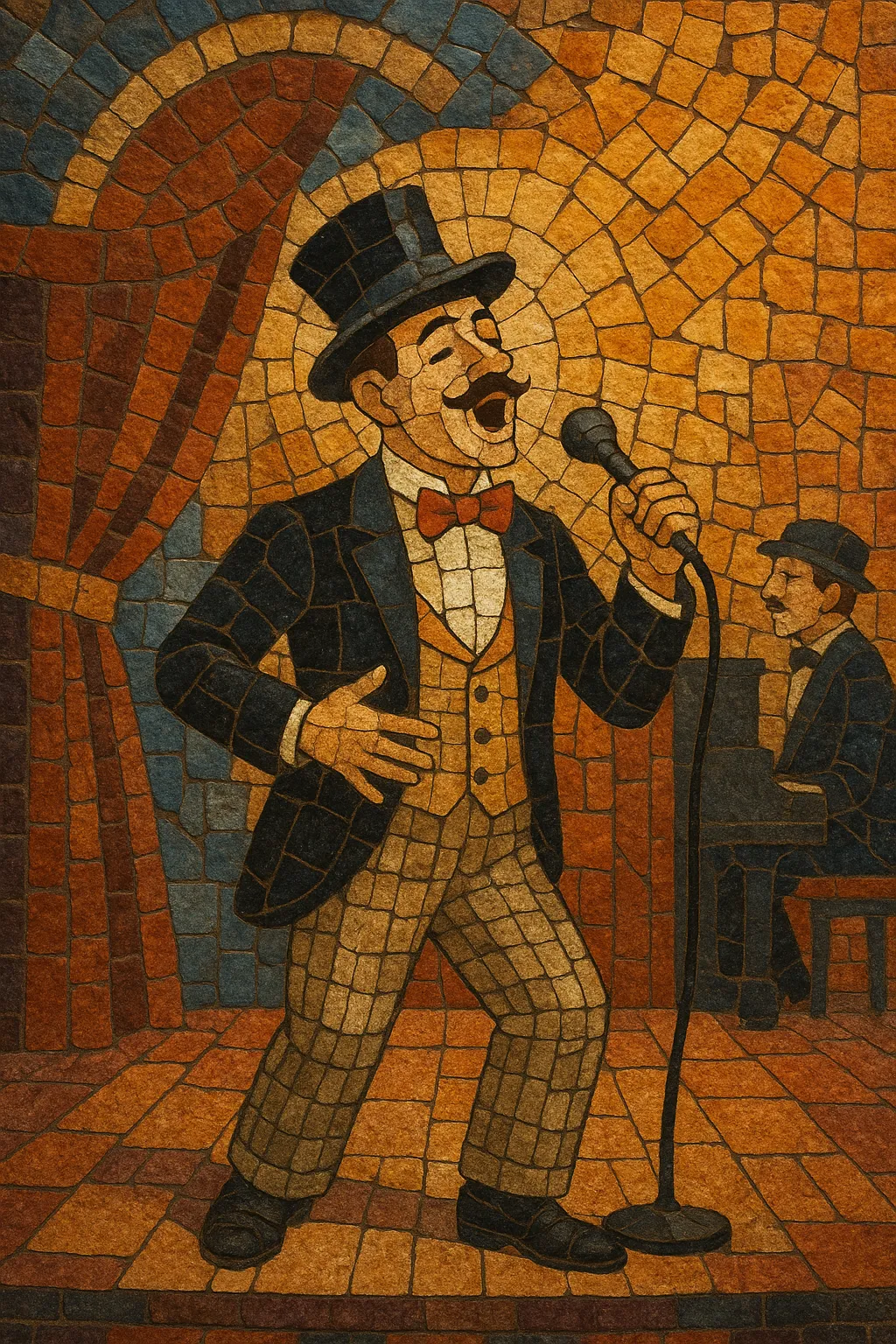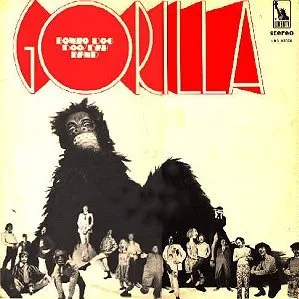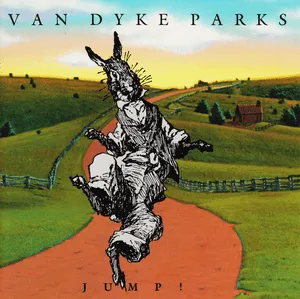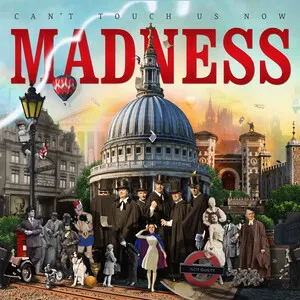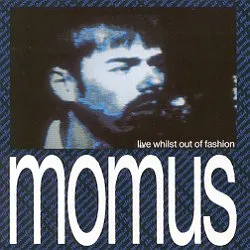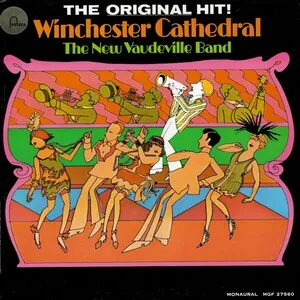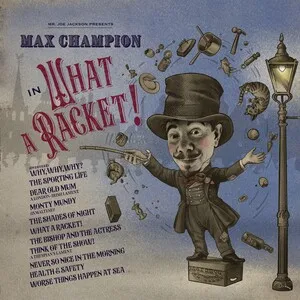Music hall is a 19th- and early-20th-century British form of popular entertainment centered on comic songs, patter, novelty acts, and audience participation. It grew out of pub concert rooms and purpose-built halls where singers and comedians performed short, catchy numbers with memorable choruses.
Its songs typically feature everyday themes, double entendre, and local dialects, supported by piano or small ensemble accompaniment. The style blends sentimental ballads with jaunty patter songs and marches, designed for communal singing and lively theatrical showmanship.
Music hall emerged in London and other British cities in the 1850s, evolving from song-and-supper rooms in pubs and taverns where patrons ate, drank, and sang along. It drew on the earlier traditions of the British ballad and ballad opera, the domestic parlor song, and popular theatrical forms. Early halls professionalized the setting, adding stages, bills of multiple performers, and masters of ceremonies.
By the late Victorian and Edwardian eras, music hall became the dominant form of urban popular entertainment in Britain. Purpose-built venues proliferated; impresarios organized circuits; and star performers—specialists in comic songs, character sketches, and novelty dances—became national celebrities. The repertoire split between cheeky, up-tempo patter (encouraging audience singalongs) and sentimental ballads. Musically, it favored diatonic melodies, simple strophic or verse–chorus forms, steady march, polka, or waltz rhythms, and piano-led accompaniment.
In the early 20th century, licensing, social reform campaigns, and changing public tastes began to reshape the halls. Competition from cinema, radio, and later gramophone records drew audiences away. Music hall adapted into variety theatre, with larger, more technically equipped venues and mixed bills. Many performers transitioned to revue, musical comedy, film, and broadcasting, carrying music hall’s songwriting and performance idioms into new media.
Though the classic music hall declined by the 1930s, its DNA persisted in British variety, musical theatre, comedy, and popular song. Its influence can be heard in mid-20th-century traditional pop and in the theatrical, character-driven songwriting of later British rock and pop—from music-hall-influenced glam to the wry, observational Britpop tradition. The style remains celebrated in revival shows and historical recordings, emblematic of a distinctly British, participatory entertainment culture.
Use simple strophic or verse–chorus structures with a strong, repeatable refrain that invites audience participation. Keep harmony largely diatonic in major keys, with I–IV–V progressions and occasional secondary dominants; reserve modulations (often a step up) for a late lift.
Write clear, singable melodies with limited range and memorable hooks. Favor steady march, polka, or waltz feels at moderate tempos. For patter songs, align rapid syllabic delivery to a crisp, metrical accompaniment; for ballads, allow more lyrical phrasing.
Focus on everyday life, local color, humor, innuendo, and wordplay. Employ character voices and dialect for comic effect. Craft verses that set up situations or jokes, with the chorus delivering the payoff or communal sentiment. Stagecraft matters: project clearly, engage the crowd, and encourage singalongs through call-and-response or cue lines.
Center the accompaniment on upright piano (oom-pah bass with chordal right-hand figures). Augment with small ensemble colors—banjo, fiddle, cornet, clarinet, and light percussion—for brighter halls or recorded arrangements. Keep textures light so the vocal and lyrics remain foregrounded.
Use theatrical gestures, direct address, and timing to land punchlines. Alternate between patter and sung lines to maintain momentum. Integrate short instrumental turnarounds between verses to reset the scene and signal audience participation.

